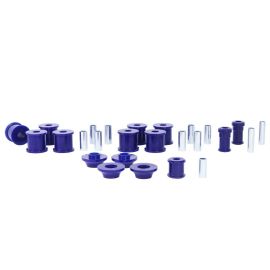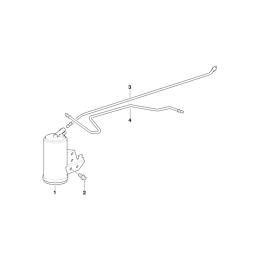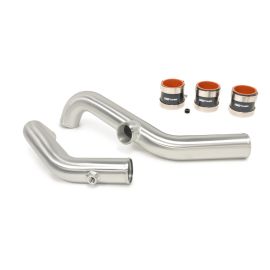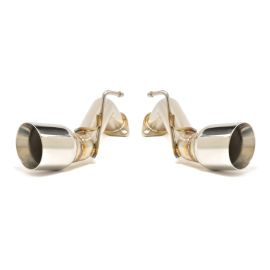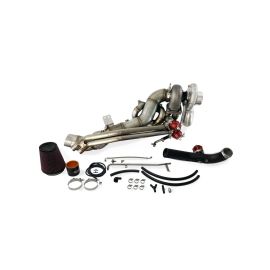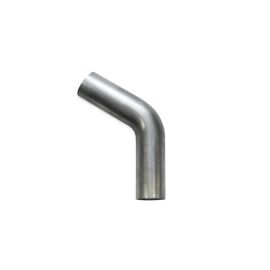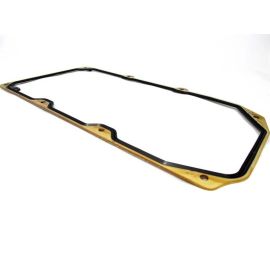
In the realm of automotive engineering and design, carbon fiber has emerged as a revolutionary material, captivating car enthusiasts and manufacturers alike. With its unique combination of strength, lightweight properties, and striking aesthetics, carbon fiber car parts have been increasingly featured in high-performance vehicles and luxury automobiles. This article delves into the advantages of carbon fiber components, illustrating how they enhance overall vehicle performance while elevating style and design.
The Rise of Carbon Fiber in Automotive Applications
Carbon fiber, a polymer that consists of thin strands of carbon atoms, is known for its remarkable strength-to-weight ratio and rigidity. Initially utilized in aerospace and motorsport applications, it has transitioned into the mainstream automotive industry due to its numerous benefits. Car manufacturers and aftermarket suppliers are now producing a wide range of carbon fiber components, including body panels, spoilers, hoods, and interior accents.
Style: An Aesthetic Advantage
One of the most appealing aspects of carbon fiber car parts is their unmistakable style. The characteristic woven appearance of carbon fiber lends vehicles a modern and high-tech aesthetic that is highly sought after. Whether used in a full body kit or simple trim pieces, carbon fiber accents can transform the look of any vehicle, giving it a sporty edge. Additionally, carbon fiber can be finished in various ways, including matte, glossy, or even colored finishes, allowing for customization that suits individual tastes.
Lightness: The Key to Enhanced Performance
The weight savings provided by carbon fiber car parts are one of the material's most significant advantages. In racing and high-performance scenarios, reducing weight can drastically improve a vehicle's acceleration, handling, and fuel efficiency. The lightweight nature of carbon fiber allows for better weight distribution and lower center of gravity, which enhances overall driving dynamics.
For example, replacing traditional metal components such as steel or aluminum with carbon fiber parts can yield significant reductions in weight—sometimes by as much as 50% or more. This lightweight construction is particularly advantageous in motorsport applications, where performance is paramount, but it also benefits everyday drivers looking for improved fuel economy and agility.
Performance Enhancement: From Track to Street
Beyond their stylistic appeal and lightweight properties, carbon fiber parts contribute directly to vehicle performance. The increased stiffness and strength of carbon fiber components result in improved structural integrity and durability. This is especially crucial in high-performance vehicles, where the stresses on car parts are magnified.
In addition, carbon fiber's inherent properties contribute to better aerodynamics. Components like spoilers and diffusers, when designed with carbon fiber, can provide superior airflow management, leading to increased downforce and stability at high speeds. This is an essential aspect for not only race cars but also performance-oriented street cars looking to enhance their driving experience.
Carbon Fiber vs. Traditional Materials
While traditional materials like steel and aluminum have served the automotive industry for decades, they cannot match the performance benefits offered by carbon fiber. Steel, while strong, is significantly heavier and can compromise a vehicle's agility and fuel efficiency. Aluminum, though lighter than steel, lacks the strength-to-weight advantage of carbon fiber. As technology evolves, the integration of carbon fiber into mainstream automotive applications becomes increasingly feasible and cost-effective, making it a preferred choice among manufacturers.
Conclusion
In summary, carbon fiber car parts represent the future of automotive design and engineering. Their striking aesthetics, coupled with unparalleled lightness and performance enhancement capabilities, position them as a top-tier choice for both manufacturers and enthusiasts. As the demand for high-performance vehicles continues to escalate, the adoption of carbon fiber components will likely expand, setting a new standard in automotive innovation. The fusion of style, lightness, and performance will undoubtedly redefine the future of driving experiences, making carbon fiber an integral part of automotive evolution.
As you consider upgrades for your vehicle or contemplate the latest models on the market, the advantages that carbon fiber offers cannot be overlooked. Investing in carbon fiber car parts signifies a commitment to not only enhancing your vehicle’s performance but also embracing the cutting-edge of automotive technology and design.
Verfasst: März 16, 2025
|
Comments:








